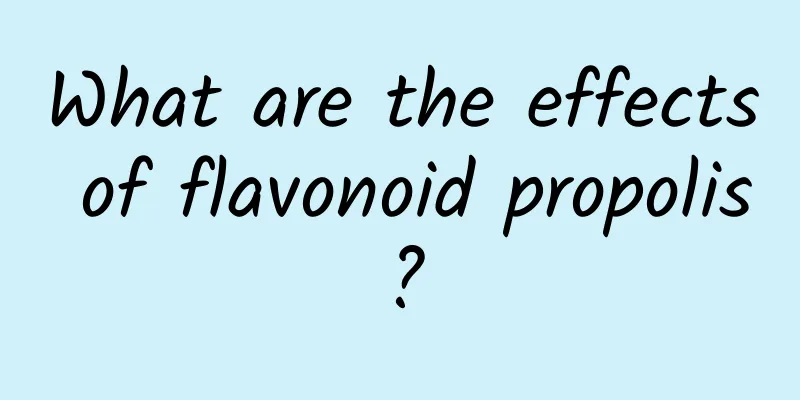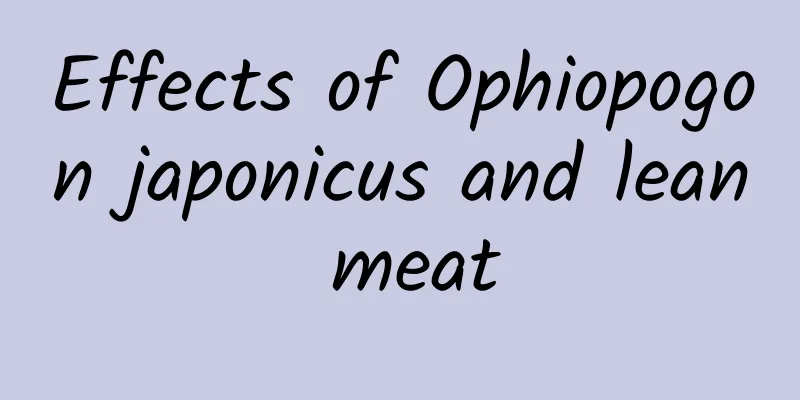What are the effects of flavonoid propolis?

|
In today's society, everyone seems to have realized that the body is the capital of revolution, and they have begun to pay attention to maintenance. They usually consume some nourishing foods that are good for the body to improve the body's immunity. Flavonoids in propolis It is a nourishing tonic that is beneficial to the human body. For example, it can remove free radicals and maintain cell activity to achieve the effect of beauty. The following is a detailed introduction to the effects of flavonoid propolis. 1. The flavonoids in propolis have antioxidant and free radical scavenging properties. The use of oxygen is a basic characteristic of life activities. Without oxygen, life activities cannot proceed. Human beings maintain life mainly by relying on the heat energy generated by the oxidation of food in the body. The body produces some oxygen in the oxidation reaction Active oxygen and free radicals such as hydrogen peroxide, superoxide anion and free radicals. Excess free radicals act on cell membranes and lipid substances in the blood, forming lipid peroxides, which are deposited on the cell membranes, causing loss of membrane function and decreased cell vitality. Follow As we age, the products of oxidation reactions, active oxygen and free radicals, gradually accumulate in body tissues, causing aging. Reactive oxygen reacts with unsaturated fatty acids to generate lipid peroxides, which are one of the substances that cause atherosclerosis and cataracts. one. 2. Flavonoids in propolis have anti-cancer properties Flavonoids have excellent anti-cancer effects. Ban et al. (1983) tested the killing effect of quercetin, rhamnetin, galangin, etc. on cervical cancer cells. When the concentration was 10 mg/mL, the growth ability of cancer cells was inhibited by 50%. Werma (1988) found that rats fed a diet containing 5% quercetin had a reduced incidence of mammary tumors induced by 7,12-xylene anthracene. Kandaswami et al. (1991) experimentally demonstrated that tangerine and tangerine can It can inhibit the proliferation of human squamous cell carcinoma cell line. 3. Flavonoids in propolis have antibacterial and antiviral functions Flavonoids have strong antibacterial effects. Ito Norio et al. (1994) extracted three flavonoids (pine flavonoids, galangin and cohenin) from propolis, which showed anti-Helicobacter pylori activity (minimum inhibitory concentration was 12.5-25.0 μg/mL) and can be used in combination with Compared with lansoprozol (anti-ulcer preparation), it has anti-ulcer and antibacterial activities. Kaempferol has an inhibitory effect on Staphylococcus aureus, typhoid bacteria, and Shigella dysenteriae; myricetin has an inhibitory effect on Staphylococcus aureus, Escherichia coli, typhoid bacteria, and Shigella dysenteriae. It has an inhibitory effect on Bacillus and can also inhibit the growth of Candida. Studies have shown that the antibacterial properties of propolis flavonoids include pinocytol, dihydroflavonoids, galangin, jasmine, 5-hydroxy-7,4'-dimethoxyflavone, pinocytol, sakura flavonoids, Galangin, galangin, rhamnosin, pineapple tin, kaempferol, chrysin, etc. |
<<: What are the effects and functions of total flavonoids?
>>: Who should never eat soy isoflavones?
Recommend
Can washing your hair with ginger water help hair growth?
Washing your hair with ginger water actually has ...
What to do if you have bleeding due to constipation
Constipation bleeding may seem like a relatively ...
Stop showing your ignorance! The four parts of the body control the whole body
The human body is the largest medicine storehouse...
Tobacco for hemorrhoids
Hemorrhoids are actually a very common disease. T...
What is edema?
Cyst is a relatively common and frequently seen d...
Can I still have a baby if I have mycoplasma?
It is best not to get pregnant when you are infec...
Will jaundice cause yellow urine? How to take care of it
Clinically, people often experience yellow urine ...
What should I do if I have spermatorrhea every day?
Daily spermatorrhea has a great impact on men, an...
How long does it take for newborn fat particles to disappear?
The appearance of fat particles in newborns is a ...
Why do the wind make my eyes tear up?
Many people who ride electric bikes or electric m...
What are the Chinese herbal medicines for lowering blood pressure and blood lipids?
The harm of high blood pressure and high blood li...
What is a gene mutation?
Gene mutation refers to the sudden variation of g...
What is the pelvic alignment test?
The correct position of the pelvis is quite impor...
What medicine should I take for my baby's vomiting?
For babies, you must be cautious when using medic...
What should I do after taking the wrong medicine? Tell you the best time to take 5 medicines
Recently, there was a media report that a driver ...









